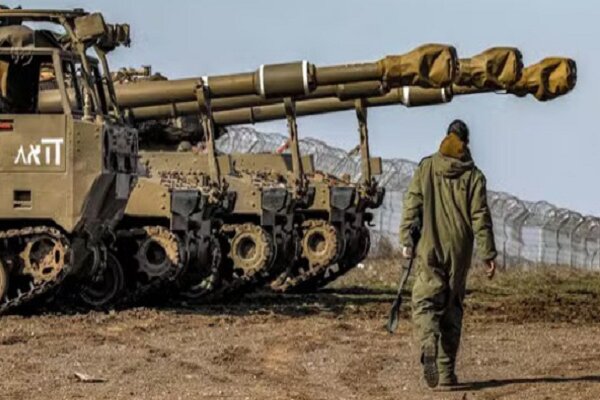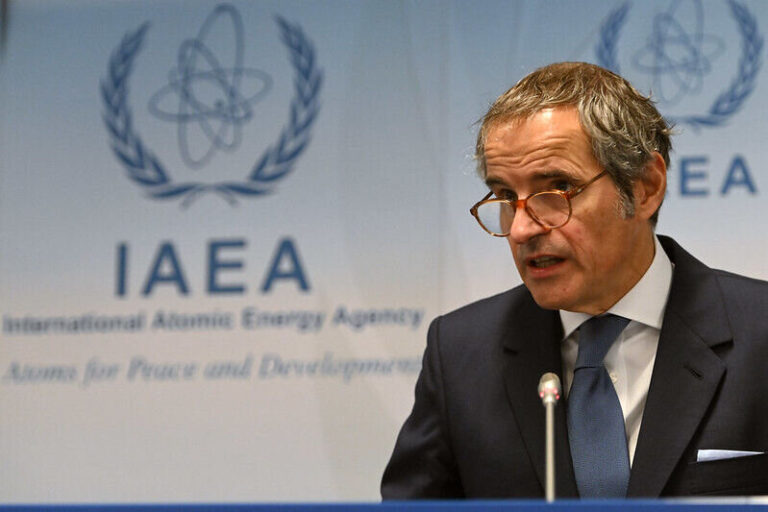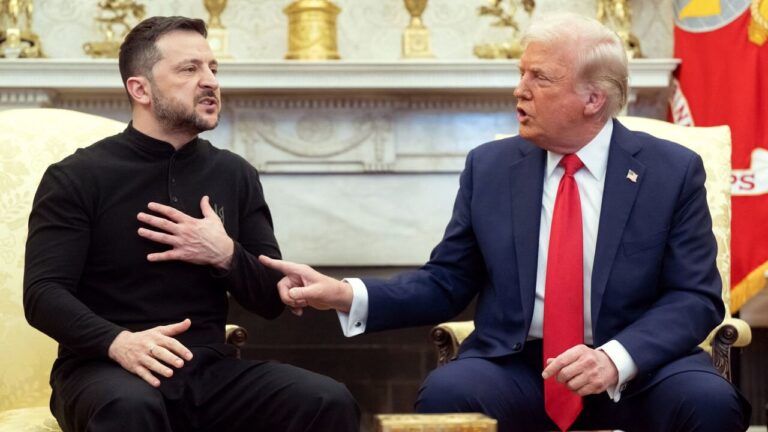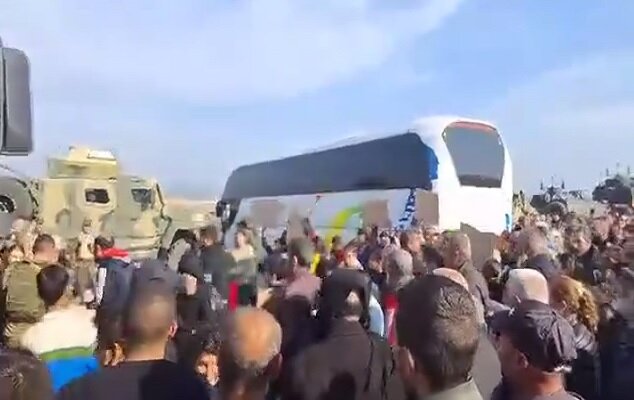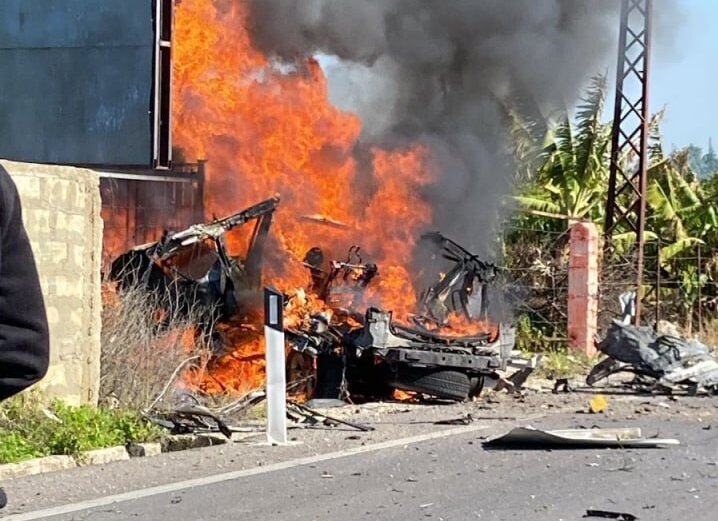Zionist Forces Retreat from Strategic Occupied Locations in Southern Syria
Recent reports indicate a significant development in the ongoing tensions in the region, as occupation troops have begun their withdrawal from strategic locations in Syria, particularly from “provincial and court buildings” in the city of al-Baath. This withdrawal is part of a larger context involving the Israeli forces and their movements within the Golan Heights.
According to Al Jazeera, “Israeli forces [also] partially withdrew from the vicinity of the al-Mantara Dam and the town of al-Qahtaniyah in the Quneitra countryside.” This strategic pullback has raised questions about the future of Israeli military presence in the area.
The Syrian Observatory for Human Rights (SOHR), a UK-based monitoring organization, reported that these forces withdrew “from some sites, which they had advanced into after the fall of the Syrian government, a few hours after their advancement.” However, the exact locations of these withdrawals were not specified by the SOHR.
Israeli Military Presence in Golan Heights
Interestingly, The Washington Post reported on Sunday that the Israeli regime has established two military bases in the sections of the Golan Heights that remain unoccupied by its forces. This move is significant, especially considering the regime’s claims that its presence in these areas would be “temporary.”
Key Developments Surrounding the Withdrawal
- Abu Mohammad al-Jolani, a former commander of a terrorist group, made a notable visit to Saudi Arabia’s capital, Riyadh, coinciding with the Israeli troops’ pullout.
- During his visit, he received a “stunning red carpet welcome” from Saudi Crown Prince Mohammed bin Salman, the de facto ruler of the kingdom.
- Jolani, who leads the Hayat Tahrir al-Sham (HTS) group, gained prominence amid intense Israeli military actions in Syria.
- Despite the ongoing conflict, Jolani stated he does not seek confrontation with Israel, even as Syrian infrastructure continues to suffer from Israeli strikes.
This visit by Jolani comes at a time when there are prospects for renewed negotiations, supported by the United States, aimed at fostering a détente between the Israeli regime and Saudi Arabia. Reports suggest that Riyadh has set several conditions for moving forward, including substantial American aid to bolster Saudi security and support its nuclear ambitions.
Emergence of New Resistance Groups
The Israeli withdrawal also aligns with the rise of a new resistance group within Syria, which has declared its intention to conduct “surprise” attacks against both the Israeli occupation forces and Jolani’s affiliates. This group, known as the Islamic Resistance Front in Syria (IRFS), issued a statement on Friday announcing that they had already executed one such strike against Israeli troops in Quneitra Province.
The context of these developments is crucial for understanding the shifting dynamics within the region. The growing resistance against both Israeli forces and local power structures indicates a potential increase in conflict and instability in the area.
Implications for Regional Stability
As the situation evolves, several key implications arise regarding regional stability:
- The withdrawal of Israeli troops may open new avenues for negotiation, but it also risks emboldening local resistance groups.
- The presence of military bases established by Israel in the Golan Heights underscores a long-term strategic interest in the area, complicating any peace initiatives.
- Jolani’s unexpected diplomatic engagement with Saudi Arabia highlights the potential for realignments in local alliances, influenced by broader geopolitical interests.
- The emergence of the IRFS signals a shift in the internal dynamics of resistance within Syria, potentially complicating the landscape for both Israeli forces and local factions.
In conclusion, the recent Israeli troop withdrawals from key regions in Syria mark a pivotal moment in the ongoing conflict. The interplay between military movements, emerging resistance groups, and diplomatic efforts highlights the complexities of achieving lasting peace in the region. As developments unfold, the global community watches closely to see how these changes will shape the future of Syria and its neighbors.
